Create a landscape design that incorporates a meditation or yoga space by incorporating elements such as a comfortable seating area, low-maintenance plants and flowers, soft lighting, and calming water features.
Creating a landscape design that incorporates a meditation or yoga space can be a great way to bring peace and tranquility to your outdoor living area.
Whether you are looking for an intimate spot to practice yoga or just want to create an oasis of calm in your backyard, there are several ways you can incorporate this type of space into your landscape design.
This blog post will explore some tips and ideas for creating the perfect outdoor meditation or yoga space.
Look Inside:
Planning the Space

The size of the area should be determined based on how many people will use it and what activities they plan to do there. It is important to consider the amount of sunlight, shade, and wind exposure in order to create an environment that is comfortable and conducive to relaxation.
Any plants or other features should be chosen with care so as not to disrupt the peaceful atmosphere. Seating options such as benches or chairs should be included in order for users to have somewhere comfortable to sit while meditating or practicing yoga.
Selecting Materials
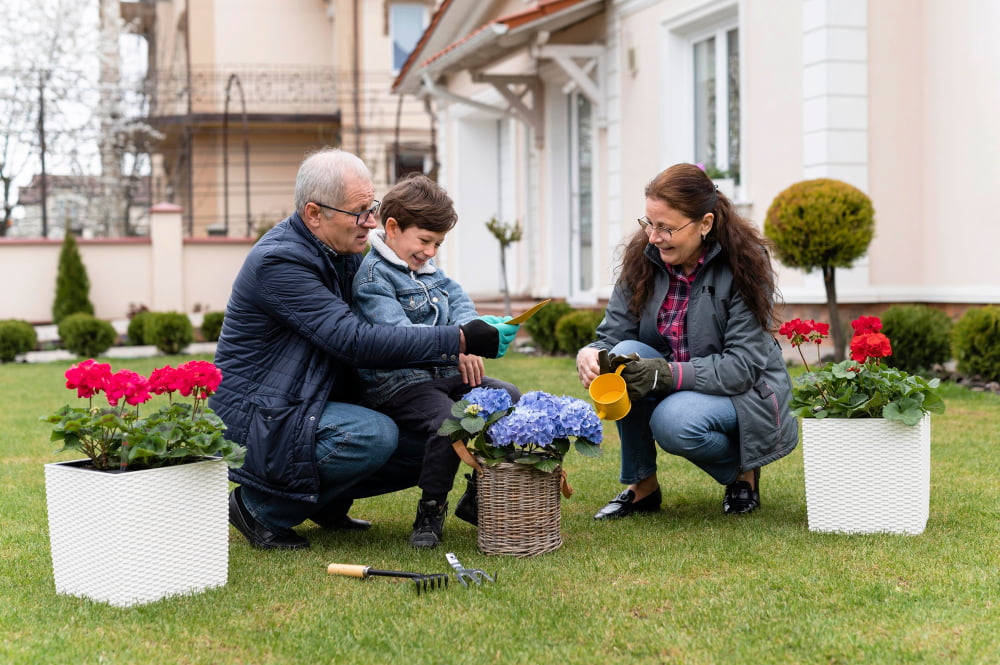
The materials chosen should be carefully considered to ensure they are suitable for the desired purpose and create an atmosphere conducive to relaxation and contemplation. Natural elements such as stone, wood, and plants can be used to create a tranquil setting while also providing visual interest.
Furniture pieces made from weather-resistant materials like teak or wicker can provide comfortable seating options for those who wish to practice outdoors. Lighting fixtures should also be chosen with care; soft lighting will help set the mood without being too bright or intrusive.
Any decorative accents should be selected with mindfulness; items like wind chimes or water features can add soothing sounds that enhance the overall ambiance of the space.
Choosing Plants and Trees
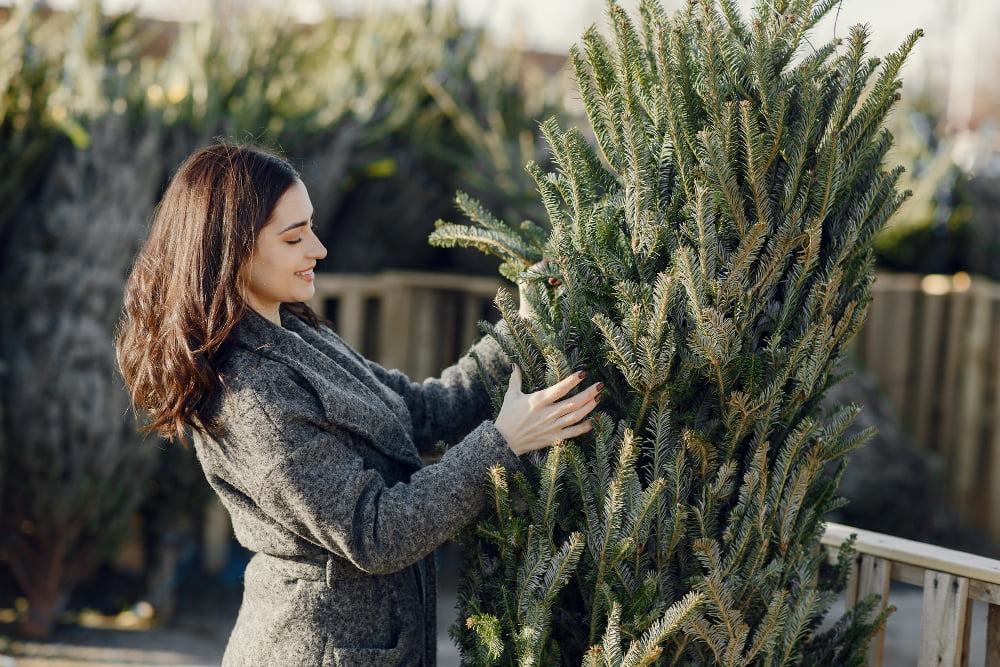
When selecting plants, it is important to consider their size, shape, texture, and color. Trees can provide shade and privacy while also adding visual interest to the space.
Certain types of trees may be better suited for providing a sound barrier from outside noise. Plants should also be chosen based on their ability to thrive in the local climate and soil conditions.
Fragrant plants can help create a calming atmosphere for meditation or yoga practice.
Incorporating Water Features
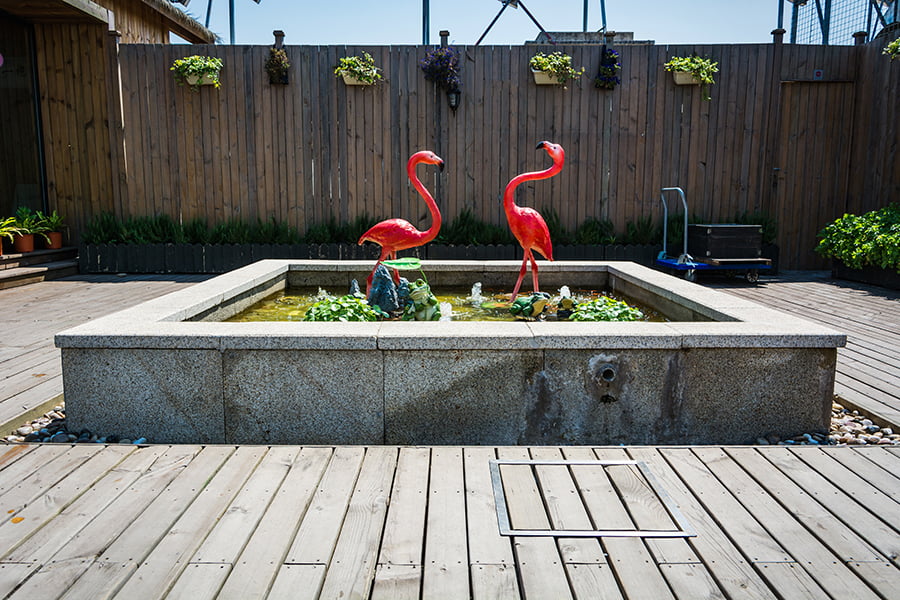
Water features such as fountains, ponds, streams, and waterfalls can provide soothing sounds that help to relax the mind and body. The presence of water in the landscape can add visual interest and beauty to the overall design.
When selecting a type of water feature for your meditation or yoga space, consider factors such as size, location within the landscape design, maintenance requirements, cost of installation and materials needed. For example, if you are looking for something low-maintenance with minimal cost then perhaps an electric fountain would be best suited for your needs.
If you have more room in your budget then installing a pond or waterfall may be more suitable options.
Creating a Seating Area
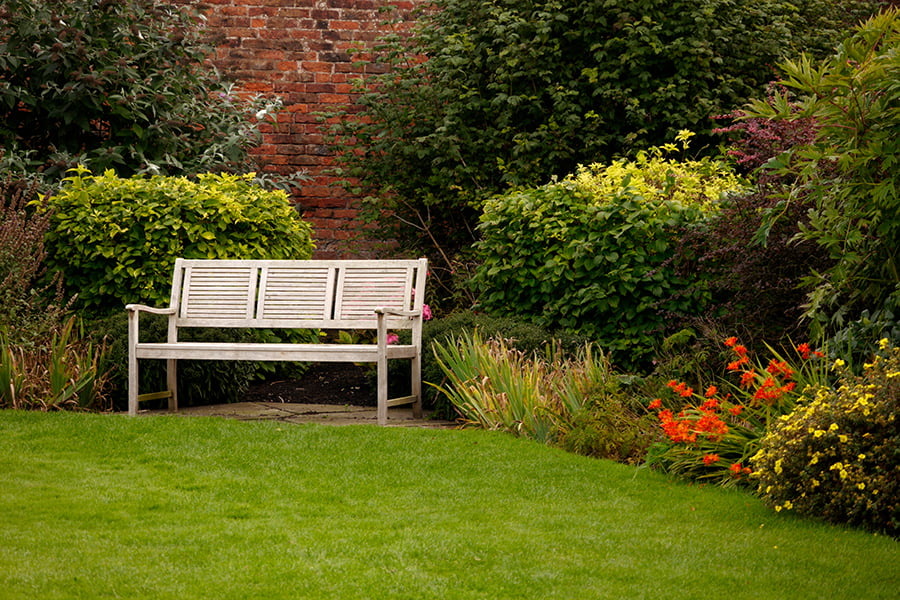
This seating area should be comfortable and inviting, while also providing enough space to practice the desired activity. It should be placed in an area that is peaceful and secluded from any distractions, such as noise or other people.
The seating can be made out of natural materials like wood, stone, or even grass if desired. Consider adding cushions for extra comfort and support during long sessions.
It may be beneficial to add some plants around the seating area to create a more calming atmosphere. Make sure there is adequate lighting so that you can see what you are doing without straining your eyes too much in the dark.
Adding Lighting Elements
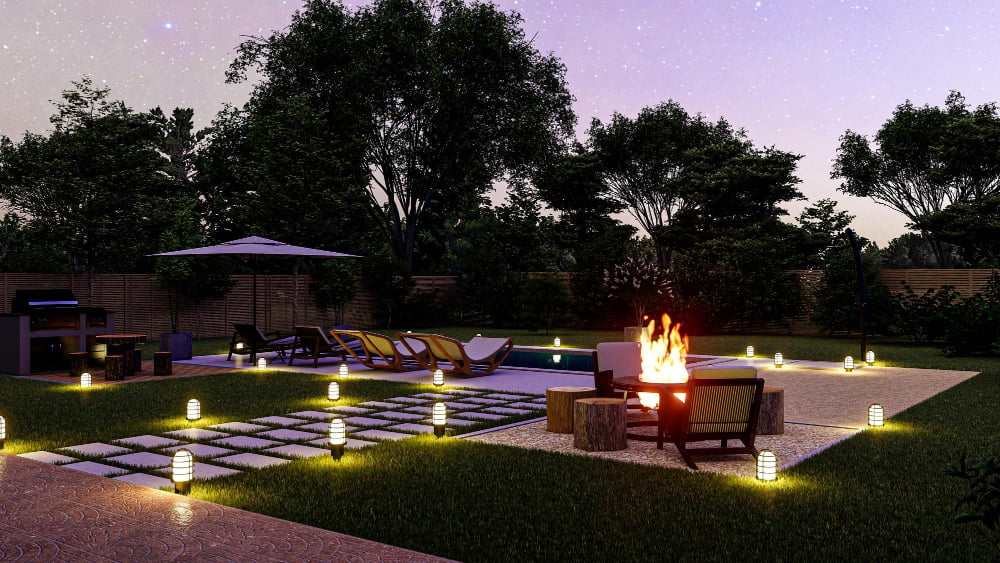
Lighting can be used to highlight certain features of the space, such as plants, sculptures, or water features. It can also be used to create shadows and depth in the area.
Strategically placed lights can provide illumination for nighttime activities such as stargazing or moonlight yoga sessions. When selecting lighting fixtures for this type of landscape design, it is important to consider both form and function.
Choose fixtures that are aesthetically pleasing but also provide adequate light levels for safety and comfort while meditating or practicing yoga.
Designing Pathways or Walkways

Pathways provide a way to move through the space, allowing users to access different areas and enjoy the beauty of their surroundings. They can also be used as part of a meditation practice, providing an opportunity for mindful walking and contemplation.
When designing pathways, it is important to consider how they will be used in relation to other elements in the landscape such as seating areas, water features, plants and trees. The paths should be wide enough for two people to comfortably walk side by side while still allowing room for movement around them.
It is also important to think about how these paths will interact with other elements in the landscape such as steps or stairs leading up from one area to another. Incorporating curves into pathways can add visual interest and create more interesting routes through the space.
Using materials that are appropriate for outdoor use such as gravel or pavers will ensure that your pathways remain safe and attractive over time.
Considering Privacy Needs and Soundproofing Options
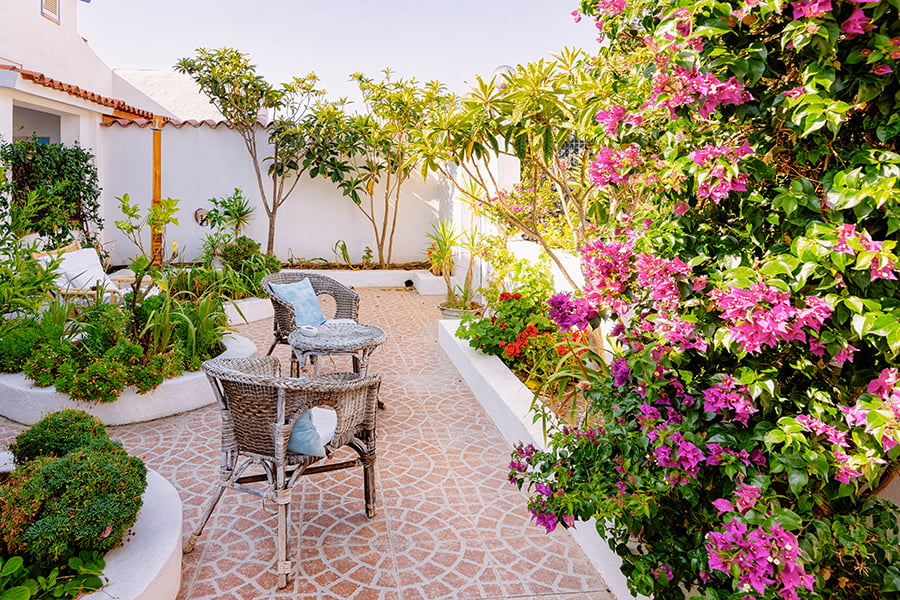
Privacy is important for creating an environment conducive to relaxation and focus, while soundproofing helps to ensure that outside noise does not interfere with the experience. To achieve both of these goals, it is necessary to think about how the space will be used and what materials can be used to create a barrier between the area and its surroundings.
For example, tall plants or trees can provide visual screening from neighbors or passersby, while thick walls made from brick or stone can help block out noise. Adding insulation within walls can further reduce sound transmission into the space.